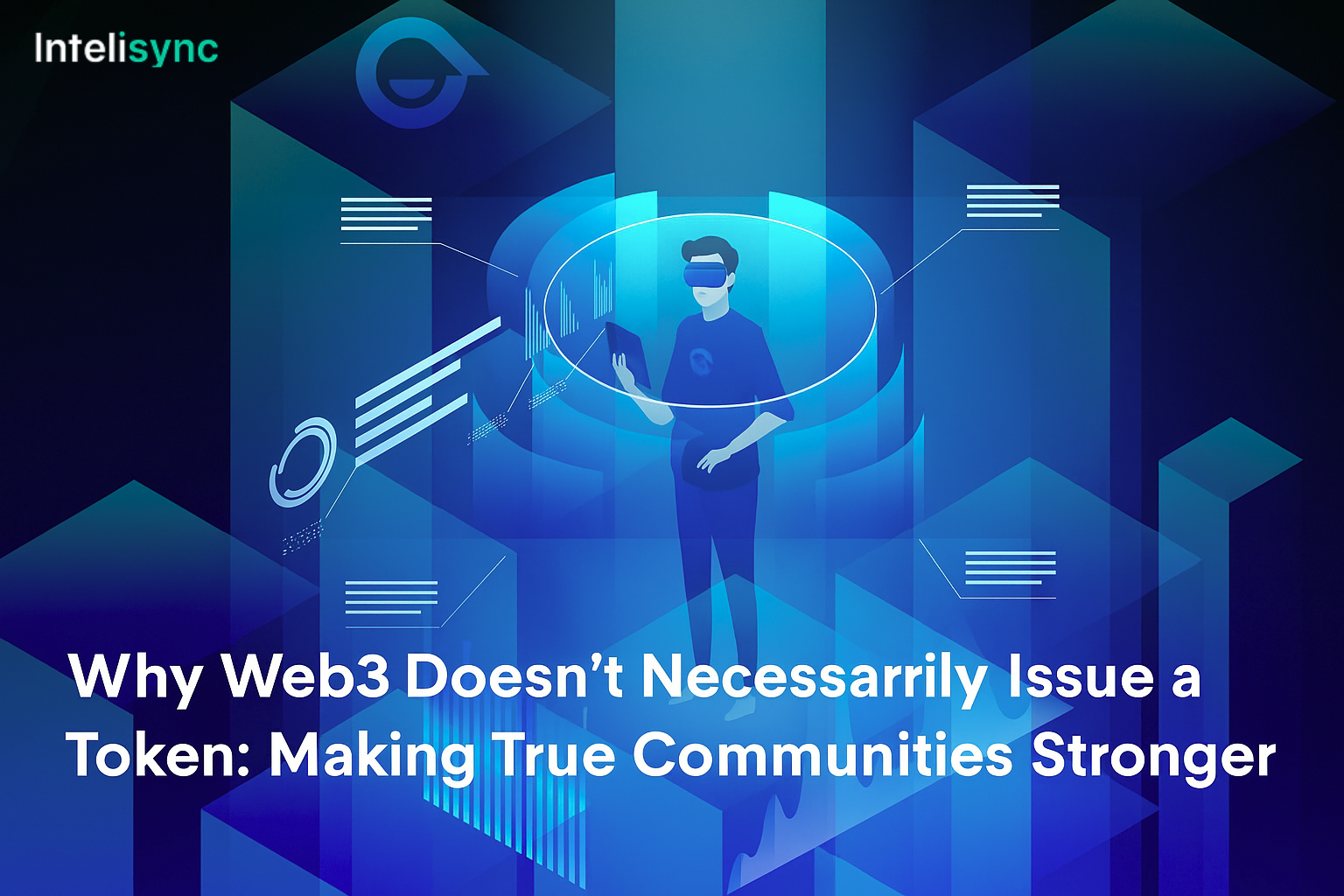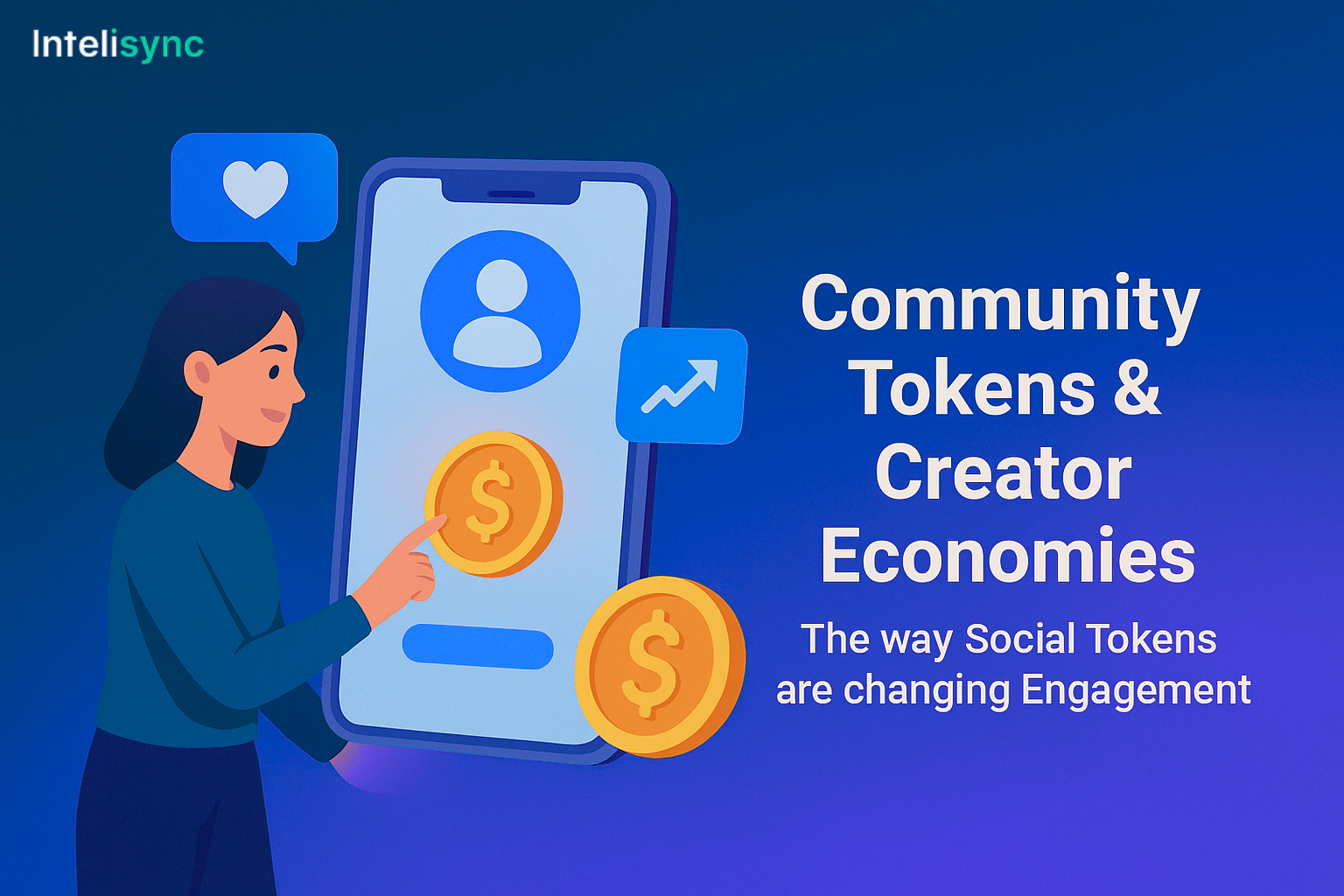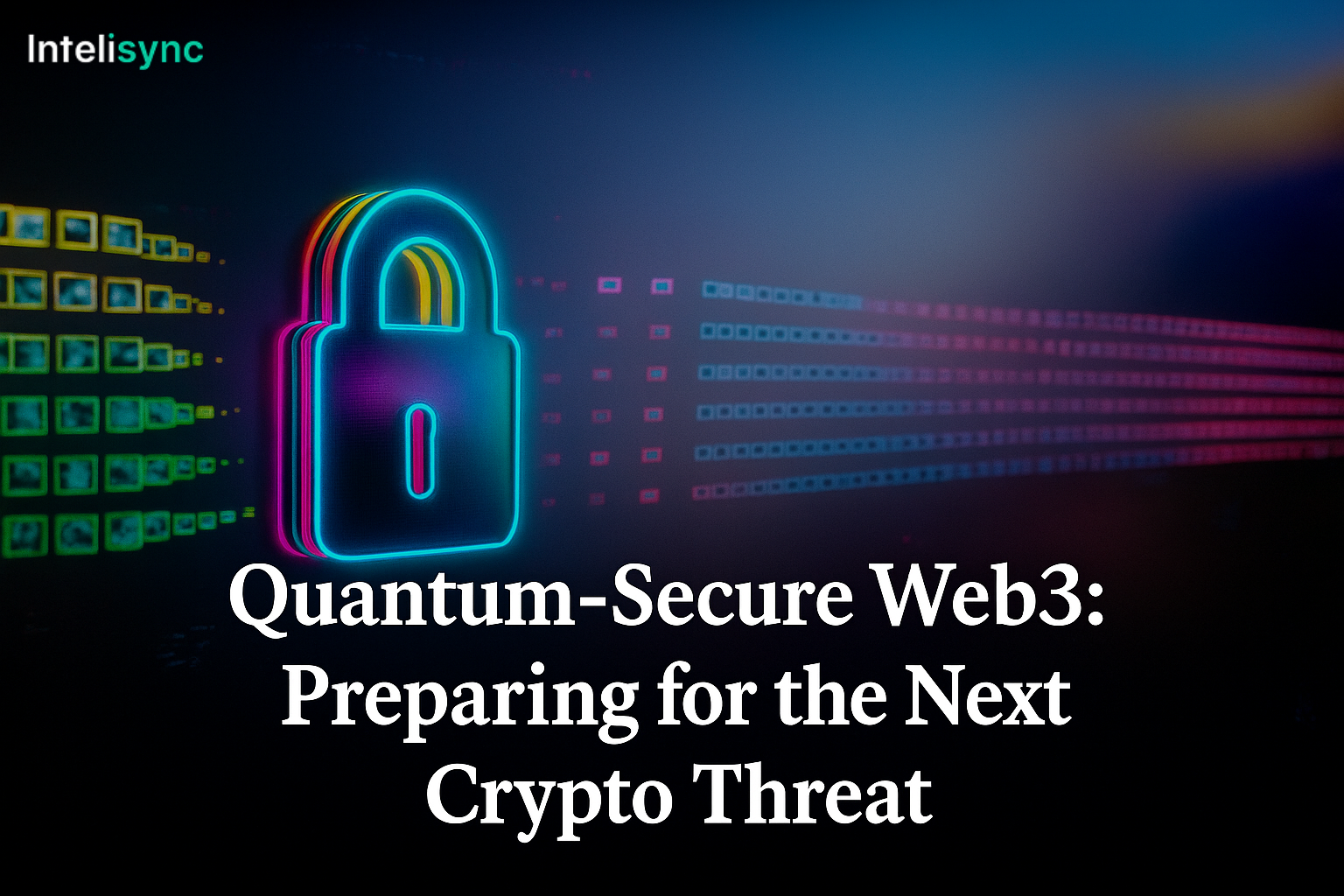Introduction
As Web3 continues to develop, one of the most interesting changes are the emergence of Decentralized Physical Infrastructure Networks (DePINs). These networks connect blockchain with the real world by offering rewards for hardware, bandwidth, storage, energy, and other forms of utility supplied to decentralized systems.
While centralized actors and corporations are the gatekeepers of traditional infrastructures, the DePINs who provide a resource also govern access and value distribution. It is this approach that is driving everything from decentralized wireless networks to green energy grids. In this blog, we’ll examine how DePINs are transforming real-world networks, why they’re crucial for the success of Web3, and how projects can use them to drive widespread adoption at scale.
What Are DePINs?
Empowering communities to develop and manage real-world infrastructure using blockchain rewards through Decentralized Physical Infrastructure Networks (DePINs). Participants -or “contributors”- supplying computing or IoT devices, or even renewable energy, get rewarded with tokens in return.
This model addresses two principal challenges:
- Traditional infrastructure projects and its high entry barriers.
- Monopolistic centralization of pricing and access.
- Thanks to DePINs, anyone can join the network and contribute to the effect of decentralization, making the systems more resistant.
Why DePINs Are the Future of Web3
Real-World Utility
And unlike many other Web3 projects, which stay trapped in the digital world, DePINs have real-world use cases. They are backing decentralized Wi-Fi (such as Helium), EV charging, energy trading, and edge computing networks.
Incentivized Participation
As DePINs tokenize contributions, they help people share what would otherwise be unused resources and make ordinary assets into investment-worthy sources of income.
Scalability Without Centralization
Legacy infrastructure takes billions of dollars to start up. DePINs, on the other hand, emerge naturally as part of new nodes joining, and therefore, are scalable by definition.
Key Use Cases of DePINs
1. Decentralized Wireless Networks
Examples; You can be able to set up wireless hotspots and earn tokens with a project such as Helium Network. That makes for community-driven, low-cost internet coverage that can compete with the likes of telecom giants.
2. Energy & Sustainability
Decentralized, sustainable grid solutions allows to share the surplus of solar or wind energy. The potential for DePINs to be AI-driven means better distribution, and less waste and cost.
3. Edge Computing & Storage
Web3 dApps typically require greater bandwidth and storage. DePINs utilize idle devices in every corner of the world to deliver decentralized compute power and data storage — faster and cheaper than cloud giants.
4. Mobility & Smart Cities
Whether it’s EV charging stations or a city’s infrastructure for IoT, DePINs are what make possible community-operated networks that enable smarter, greener living in the city.
Challenges Facing DePINs
Despite the promise, DePINs are not without challenges:
- Regulatory uncertainty around decentralized infrastructure.
- Hardware dispersion and upkeep amongst set.
- Token sustainability, because we have to get adept at creating the right incentive models which don’t inflate.
However, if that governance and tokenomics is right, it could be possible to transform those challenges into opportunities.
Intelisync and DePINs: Accelerating Real-World Web3 Adoption
Intelisync for Web3-enabled startups and organizations that are interested in pursuing DePINs. ai provides end-to-end solutions. Through end-to-end services ranging from blockchain integration, tokenomics design to real-world implementation, Intelisync empowers projects to scale decentralized infrastructure safely and holistically.
Uniting Web3 specialists and actual industry uses, Intelisync guarantees DePIN projects are sound not only on a technical level, but also in the real world.
The Future of DePINs
DePINs are more than just a fad they are the beginning of a new way of developing, sharing, and monetizing infrastructure. With and increased use of blockchain you can expect to see:
- Decentralized telecom networks to compete with incumbent carriers.
- People-powered grids reshaping electricity markets.
- Decentralized internet of things for the smart city.
DePINs: The Bridge Between Blockchain And The Real World DePINs are the bridge between blockchain and the real world — and they bring a decentralized economy that helps everyone!
Conclusion
DePINs are unlocking the power of Web3, by bringing decentralization to infrastructure that provides services we use every day. Be it energy and mobility, connectivity and storage, these networks are establishing the infrastructure and the framework for a more open, inclusive, and sustainable digital economy.”
As adoption matures, the projects that adopt DePINs today will shape the physical world networks of tomorrow. And with Intelisync as partners, the future of distributed infrastructure is already here.







